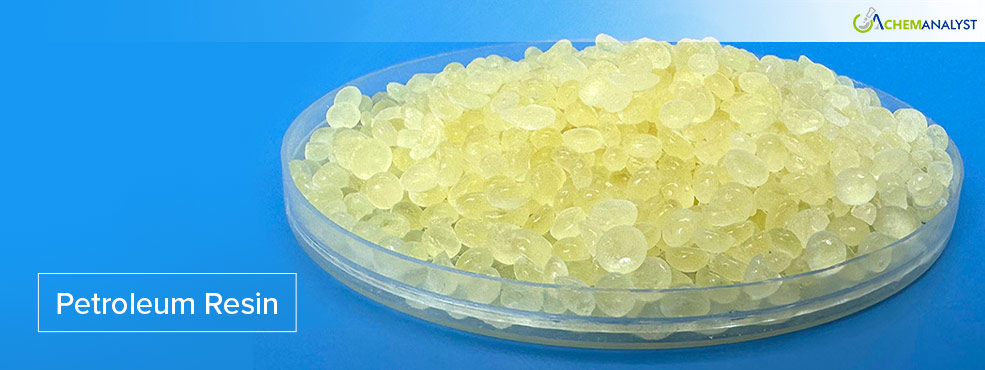China’s Petroleum Resin Market Resilient Amid Fluctuating Downstream Trends
- 12-Mar-2025 9:30 PM
- Journalist: Nina Jiang
In February 2025, China's Petroleum Resin market had stable prices, supported by supply-demand balance. Downstream industries had mixed performance and overall macroeconomic conditions saw fluctuations, but manufacturers took advantage of declining feedstock prices and stable inventories to avoid sharp price fluctuations.
At the supply side, Petroleum Resin production remained steady as manufacturers resumed operations following the Chinese New Year, ensuring sufficient inventories levels. Falling crude prices led to reduced feedstock expenses, providing stable production expenses. Improved logistics networks and supplier delivery timelines further streamlined distribution, avoiding supply chains bottlenecks.
While gains in production efficiency supported capacity output, players in the industry practiced caution, not increasing output excessively to avoid the oversupply amid soft downstream demand. Such caution, combined with modest inventory levels, enabled the market to keep supply sufficiency without causing price weakening for Petroleum Resin.
Demand conditions of Petroleum Resin were varied, reflecting conflicting downstream industry trends. The auto sector, one of the consumers, felt the headwinds as retail sales of new energy passenger cars fell 3% month-to-month, keeping raw material purchases subdued. In contrast, activity in the construction and building industry offered soft support to demand with the Construction PMI rising to 52.70, signalling higher raw material utilization.
However, downstream buyers took a conservative approach, with more focus on rigid demand and inventory digestion than on speculative buying. Although the conventional peak season began, lack of confidence led Petroleum Resin merchants to adopt price negotiation elasticity to stimulate transactions.
On the macroeconomic side, China's manufacturing sector saw growth in February, indicating rising industrial activity and new orders. While this production increase would normally underpin demand for bulk chemical inputs such as Petroleum Resin, the effect was dampened in February by defensive buying behaviour and sluggish recovery in downstream industries.
Procurement activity conformed to industrial growth but was concentrated on clearing out current inventories instead of creating new demand. This conservative approach resulted in price stability as overall economic growth did not find its way into short-term or gigantic demand surges for Petroleum Resin.
In the future, the Petroleum Resin market will be stable in the short term with minimal price volatility. Supply is expected to continue to be adequate, underpinned by planned output controls, and demand will gradually resurface as activity in construction continues its improving trend. The weak performance of the automobile sector is, however, expected to trim any sizeable upside. Market participants, nonetheless, will continue to exercise caution, preferring liquidity over excessive holding. As macroeconomic conditions change, downstream demand and supply chain recuperation resilience will determine if stability continues in Petroleum Resin market beyond the near term.



